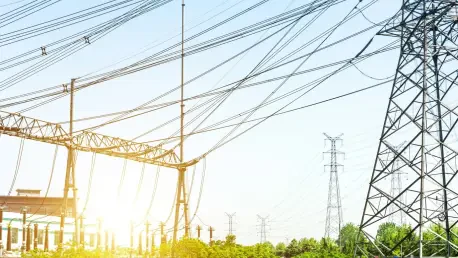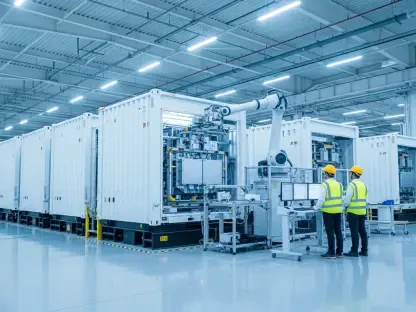In today’s dynamic energy landscape, the importance of grid flexibility has reached unparalleled heights. Energy consumption is on a continuous upward trajectory while the infrastructure supporting it ages, creating an urgent demand for innovative solutions to ensure grid reliability and efficiency. As power systems face challenges from seasonal volatility and unexpected demand surges, grid flexibility emerges as a pivotal factor in maintaining a stable energy supply.
Emerging Trends in Grid Flexibility
Current State and Growth Patterns
Recent studies show a marked increase in the need for grid flexibility, driven by fluctuating power demands and aging energy infrastructures. Reports document the growing frequency of load-shedding scenarios where power delivery disruptions occur due to insufficient capacity. Statistics indicate that by 2030, regions such as those governed by the Electric Reliability Council of Texas (ERCOT) could face significant outages. To meet these challenges, grid operators are turning to flexible solutions, including advancements in battery storage and gas peaking plants, which are projected to play significant roles in bridging the gap between supply and demand.
Real-World Applications
Real-world applications underscore the efficacy of grid flexibility solutions. Case studies highlight key sectors, such as data centers, which wield potential in enhancing grid reliability through demand-side flexibility. Grid-scale batteries and other resources have already demonstrated their worth in managing peak loads and minimizing disruptions during critical periods. Pioneering companies in the energy storage sector continue to develop technologies that provide rapid response capabilities, ensuring that grid systems can withstand extreme conditions while maintaining operational integrity.
Expert Insights on Grid Flexibility
Expert commentary underscores the growing recognition of flexible grids as a necessity rather than a luxury. Industry leaders articulate that achieving true grid flexibility requires seamless integration between generation and consumption strategies. However, numerous challenges must be addressed, such as the high initial costs of implementing these solutions and the technical intricacies involved in updating outdated infrastructure. Despite these hurdles, experts foresee a transformational impact on the energy sector, influencing everything from grid reliability to operational costs.
Future Directions and Implications
Future developments promise to reshape the grid flexibility landscape. Technological innovations are anticipated to streamline energy systems, enhancing their capacity to cope with sudden demand variations. The expected proliferation of flexible solutions suggests that while potential challenges lie ahead, such as regulatory adjustments and investment needs, the long-term benefits could be substantial. Overall, the evolving nature of grid flexibility is likely to present both disruptive risks and valuable opportunities, with extensive implications for energy reliability and sustainability.
Conclusion and Call to Action
In analyzing the current trajectory of grid flexibility, it becomes evident that its role in future energy systems is nothing short of critical. Past analyses reveal the pressing need to upgrade infrastructure and implement flexible solutions to mitigate risks associated with rising demand and aging systems. It is imperative that stakeholders actively participate in crafting robust frameworks to support grid evolution, enhancing resilience and efficiency across the board. As energy priorities shift, embracing grid flexibility stands as an indispensable strategy in navigating the complexities of the modern power landscape.









